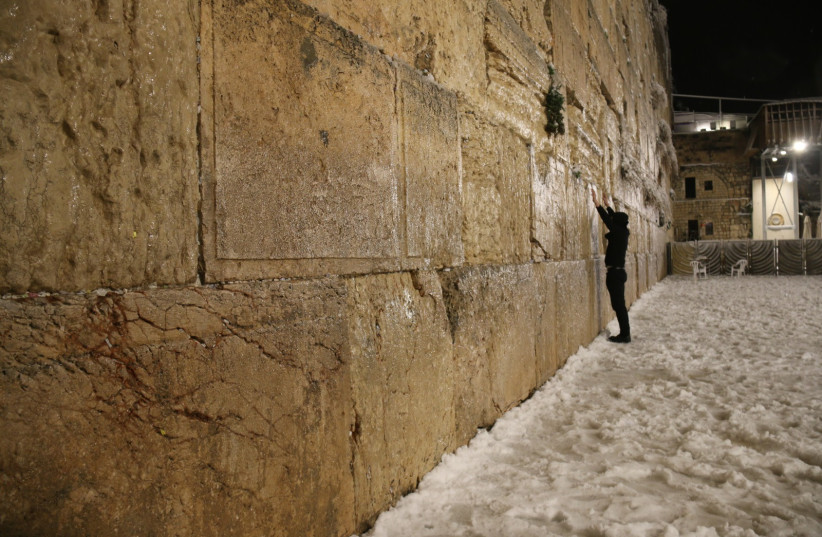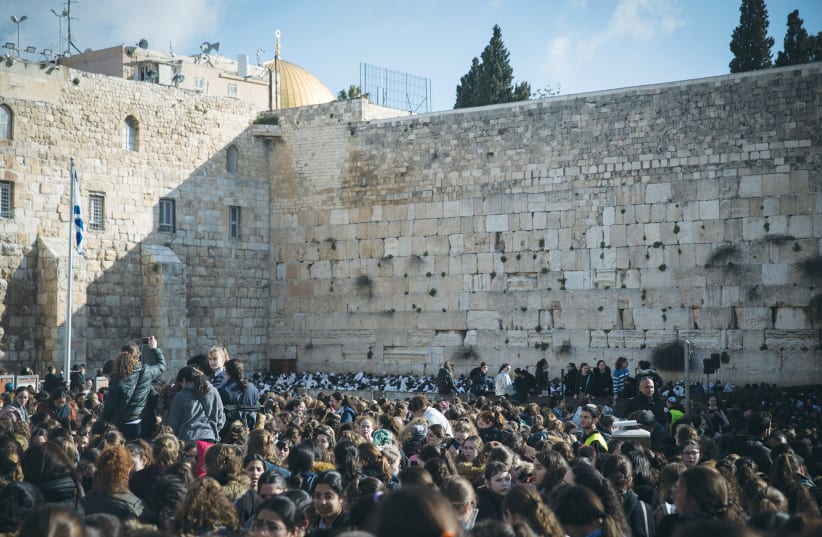I am a proud and committed Orthodox Jew, who was privileged to have founded the Ohr Torah Stone educational network in Israel, which includes high schools, educator’s seminaries and rabbinical preparatory kollelim; by now we have placed hundreds of our graduate rabbis and teachers in schools and pulpits throughout the world. Throughout the years, a not insignificant number of these graduates began their religious paths as secular, Reform, Conservative or Reconstructionist Jews, and – I am proud to say – have grown into exemplary Orthodox halachic leaders. In many cases, it was their heterodox background which prepared the way and led them into Orthodox Judaism.
Why cut them off at the pass by forbidding a more palatable prayer service, closer to what they were used to, and replete with English readings and explanations?
Why be against such an option? The last time I looked at Judaism, it was not an all-or-nothing proposition. It is prohibited for a halachic Jew to pray with a minyan that does not have a separation of the sexes, but for someone who is not Orthodox (or, better stated, not yet Orthodox), is it not better for him to pray in a mixed seated service than not to pray at all?
Our tradition teaches that a Jew who strays is still a Jew, and the Sephardic emendation to the paragraph of Shema Koleinu in our Amidah prayer reads “... be gracious to us and answer us because You hear the prayer of every mouth.”
Even more to the point, God forbid if only Orthodox Jews would be welcome to come to pray at the Western Wall or at any other Jewish sacred place. Israel is the homeland of every Jew, our sacred places, there to inspire us, must be for every Jew no matter where they may live or the extent of their halachic observance.

Need I remind the reader that it was specifically the Zionists, who were not so halachically committed, who were the majority of the political movers and shakers before, during and after Israel’s War of Independence in 1948.
The writer is founding chief rabbi of Efrat.
